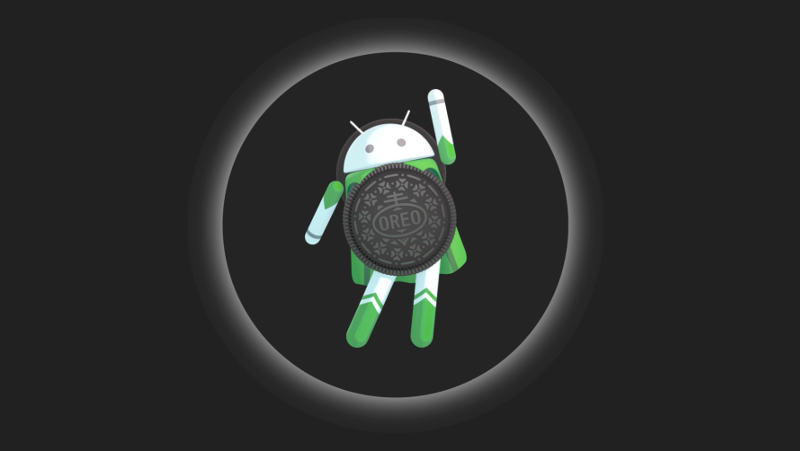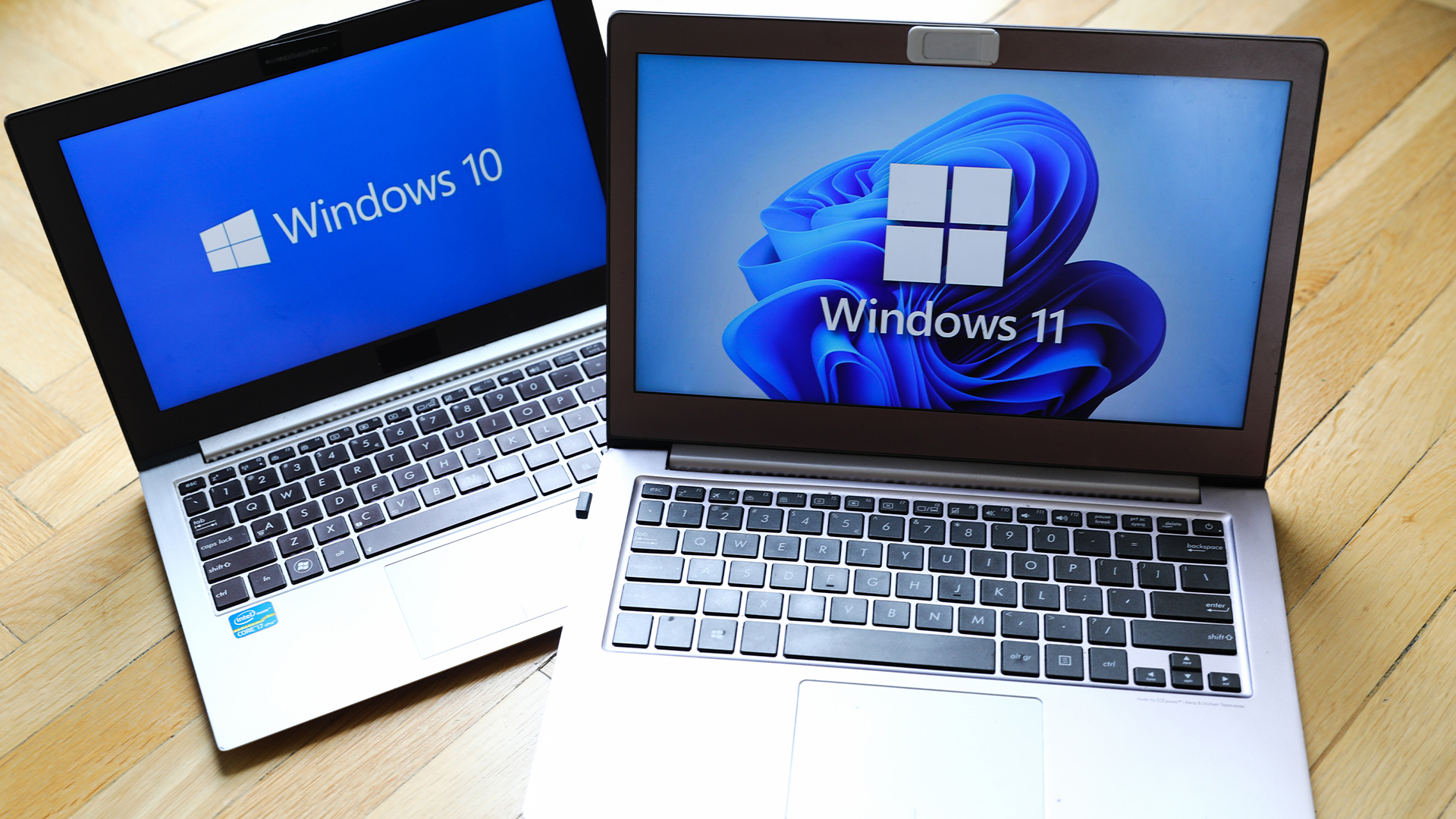Android O release date, name and features: Android Oreo now available on Honor 9 and 8 Pro
The update brings speed optimisations, plus a tailored user experience in the form of Smart Tips

Android Oreo top features
Google gave fans their first official look at Android Oreo then known only as "Android O" at the Google I/O developer's conference.
Android Oreo is very much not a massive overhaul of the OS and instead offers tweaks and optimisations for existing features. That's not to say there's nothing new, though.
Picture-in-Picture video
Google has finally introduced picture-in-picture video to Android. If you're making a video call in Duo or watching a video in YouTube, pressing the home button will bring you back to the home screen, with a minimised window in the right hand corner displaying the video. In practise, it works very similarly to the way picture-in-picture videos are displayed within YouTube's mobile app, although this is system-wide and compatible with multiple different apps.
Android Instant Apps
Android Instant Apps allows users to run certain apps on their phones and tablets without having to actually install them.
The concept was first introduced way back in spring 2016, at the company's annual I/O developer conference, but it wasn't actually made available for a year. This feature isn't exclusive to Android Oreo, but it is the first time a version of Android has launched with the capability pre-loaded.
Notifications
The notification system has been slightly tweaked, with new iOS-style 'notification dots'. If you have unread notifications within an app, a dot will be displayed in the corner of its home screen icon, which you can long-press on to see a pop-up widget giving you more details on the content. This feature should require no extra effort for devs to enable Android will even change the dot's colour automatically depending on your icon's design, ensuring it doesn't spoil your colour scheme.
Android Oreo introduced notification channels, too. These are new app-defined categories for notification content. Channels allow users to have extra control over different types of notifications so they can block or change the behaviour of each channel individually instead of managing all of the app's notifications together.
Sign up today and you will receive a free copy of our Future Focus 2025 report - the leading guidance on AI, cybersecurity and other IT challenges as per 700+ senior executives

There are also new visuals and grouping of notifications that make it easier for users to see what's going on when viewing their notifications.
Autofill and Smart Text Selection
A couple of less impressive (but arguably more useful) features in Android Oreo are autofill and smart text selection. The former extends Chrome's built-in autocomplete function to Android, meaning that when you set up a new phone, Android will automatically fill in your account details for apps. It's currently unknown if this feature will allow you to use different credential storage services like Lastpass or Dashlane, however.
Android's new smart text selection is another useful feature. It uses machine learning to identify multi-part phrases that are commonly highlighted together, like phone numbers, addresses and business names, meaning users just have to double-tap on one word to highlight the whole thing. It even brings up a shortcut for the app it thinks would be most relevant, like Maps or the phone dialler.
There's also a "fully redesigned" emoji set, featuring 60 new emojis.

Clare is the founder of Blue Cactus Digital, a digital marketing company that helps ethical and sustainability-focused businesses grow their customer base.
Prior to becoming a marketer, Clare was a journalist, working at a range of mobile device-focused outlets including Know Your Mobile before moving into freelance life.
As a freelance writer, she drew on her expertise in mobility to write features and guides for ITPro, as well as regularly writing news stories on a wide range of topics.
-
 Trump's AI executive order could leave US in a 'regulatory vacuum'
Trump's AI executive order could leave US in a 'regulatory vacuum'News Citing a "patchwork of 50 different regulatory regimes" and "ideological bias", President Trump wants rules to be set at a federal level
-
 TPUs: Google's home advantage
TPUs: Google's home advantageITPro Podcast How does TPU v7 stack up against Nvidia's latest chips – and can Google scale AI using only its own supply?
-
 Windows 10 extended support costs could top $7 billion
Windows 10 extended support costs could top $7 billionNews Enterprises sticking with Windows 10 after the October deadline face huge costs
-
 Tiny11 review: Windows 11 with only 2GB of RAM
Tiny11 review: Windows 11 with only 2GB of RAMReview A version of Windows 11 for older machines that don't meet the full requirements
-
 Red Hat Enterprise Linux becomes foundational operating system for Cohesity Data Cloud
Red Hat Enterprise Linux becomes foundational operating system for Cohesity Data CloudNews New strategic partnership between Red Hat and Cohesity aims to drive innovation in the data security and management space
-
 Ubuntu shifts to four-week update cycle
Ubuntu shifts to four-week update cycleNews Critical fixes will also come every two weeks, mitigating the issues involved with releasing prompt patches on the old three-week cadence
-
 AlmaLinux follows Oracle in ditching RHEL compatibility
AlmaLinux follows Oracle in ditching RHEL compatibilityNews Application binary compatibility is now the aim with 1:1 now dropped
-
 How big is the Windows 10 cliff-edge?
How big is the Windows 10 cliff-edge?ITPro Network With some comparing the upcoming Windows 10 end of life to Windows XP, we ask members of the ITPro Network for their insight
-
 Everything you need to know about the latest Windows 11 updates - from bug fixes to brand-new features
Everything you need to know about the latest Windows 11 updates - from bug fixes to brand-new featuresNews Two new cumulative updates are on the way and will be installed automatically on Windows 10 and Windows 11 machines
-
 How to download a Windows 11 ISO file and perform a clean install
How to download a Windows 11 ISO file and perform a clean installTutorial Use a Windows 11 ISO to install the operating system afresh

